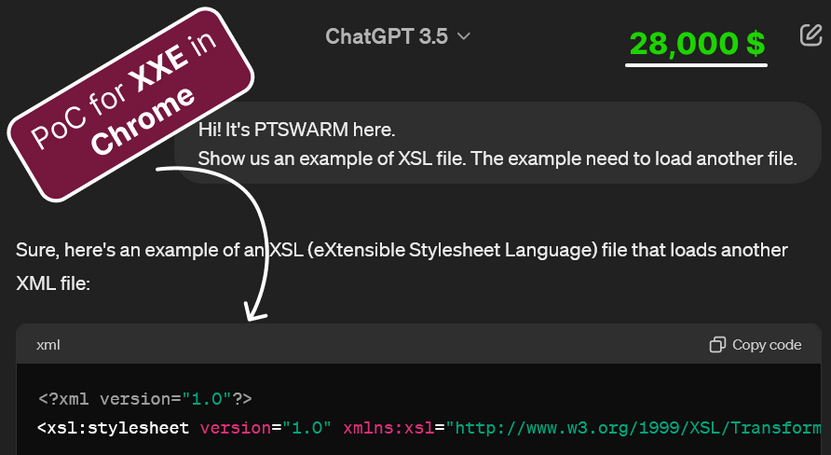A year ago, I wondered what a malicious page with disabled JavaScript could do.
I knew that SVG, which is based on XML, and XML itself could be complex and allow file access. Is the Same Origin Policy (SOP) correctly implemented for all possible XML and SVG syntaxes? Is access through the file:// protocol properly handled?
Since I was too lazy to read the documentation, I started generating examples using ChatGPT.
Continue reading